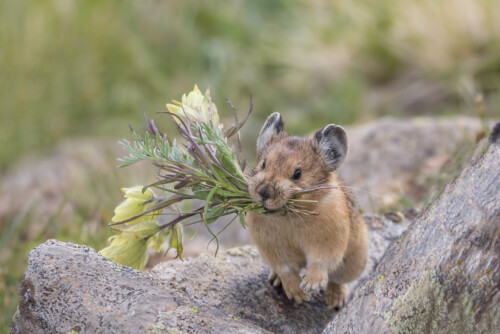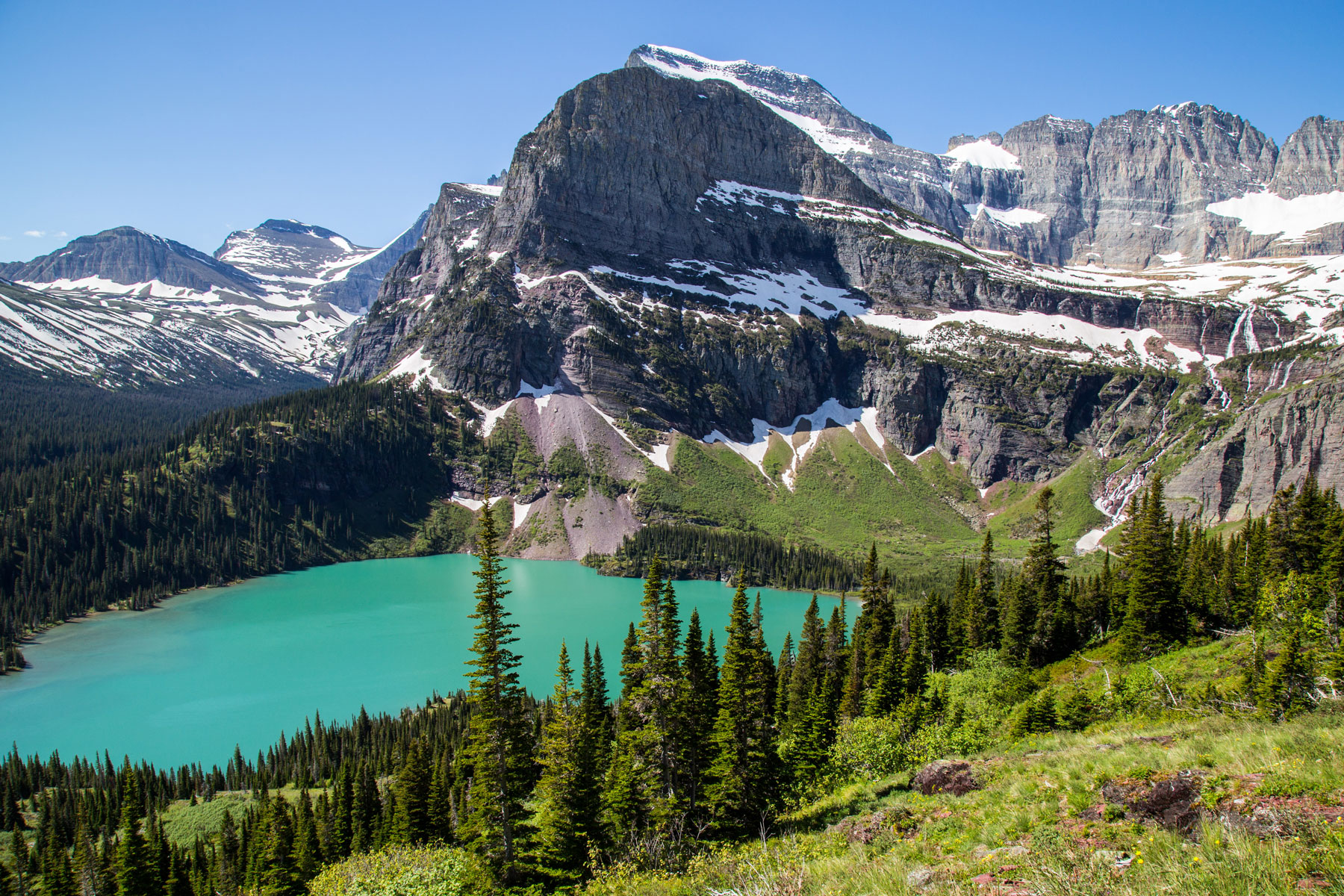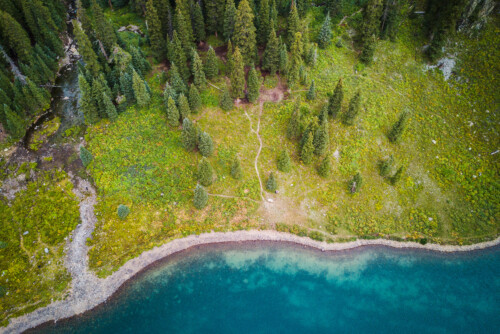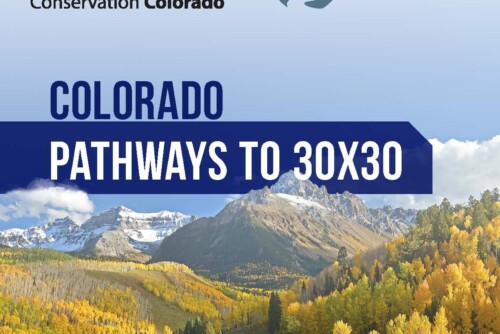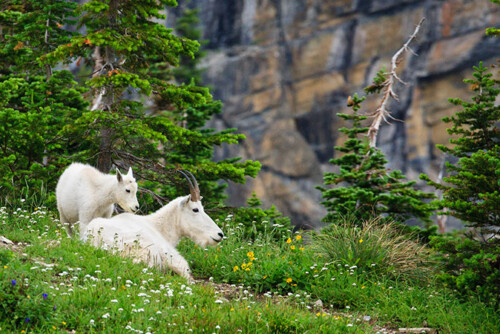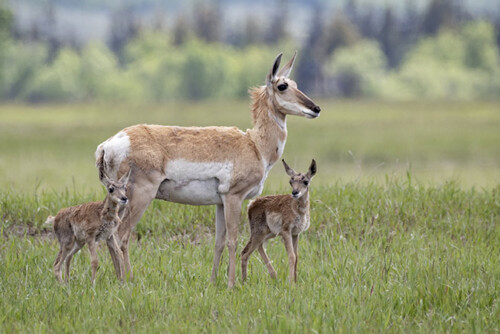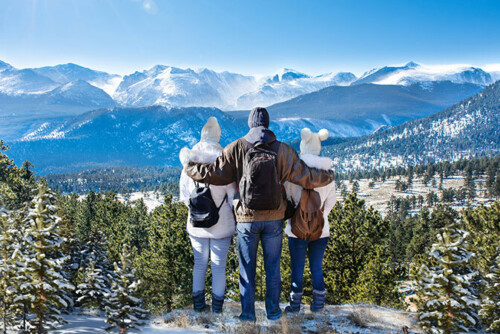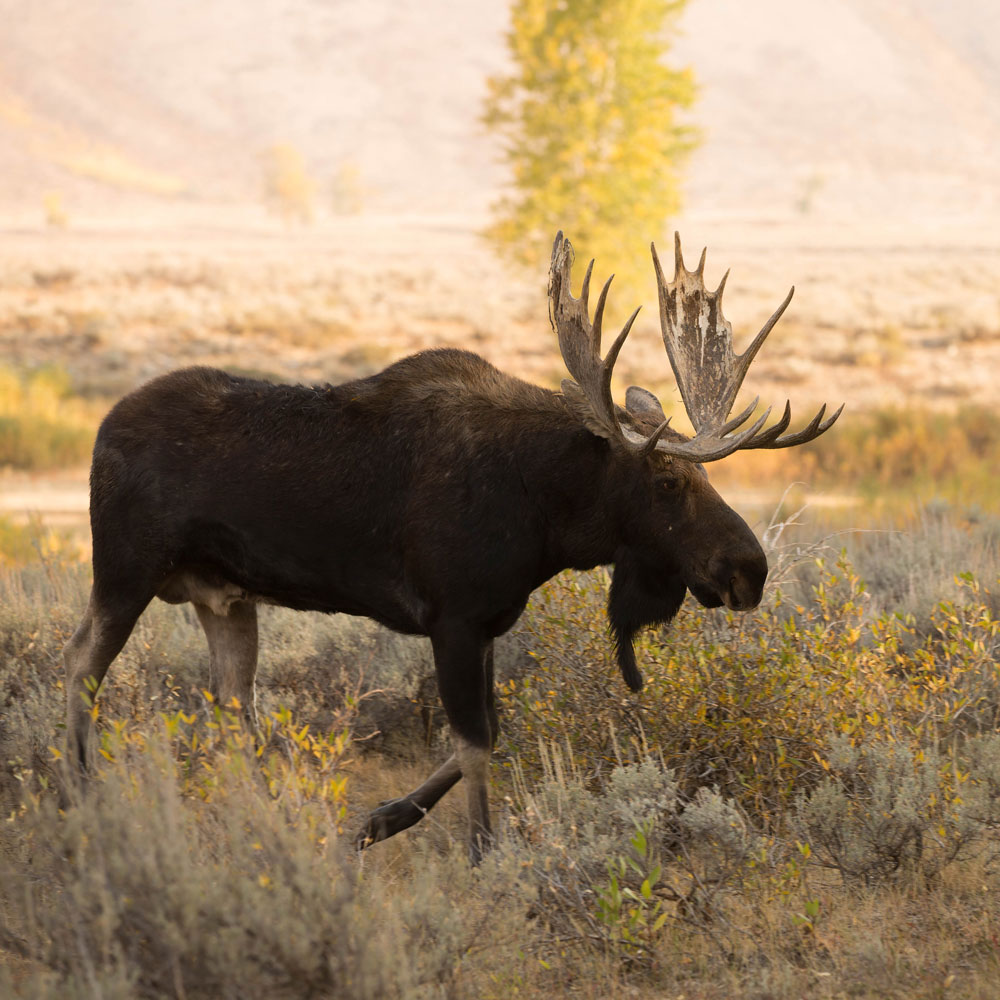
Why 30%?
The impacts of human civilization’s expansion and development on ecosystems are already being felt around the world. A recent report from the United Nations Intergovernmental Science-Policy Platform on Biodiversity and Ecosystem Services found that 20% of native species have been lost on average from ecosystems around the world, with most of that loss occurring since 1900.
Major drivers of habitat loss include:
- fragmentation from the continued expansion of cities, roadways, and human infrastructure.
- development from fossil fuel extraction.
- urban sprawl.
- the worsening impacts of climate change.
Protecting 30% of lands and waters must be a key component of broad climate plans because conserving and restoring natural areas reduces atmospheric carbon dioxide through ecological carbon sequestration. This nature-based conservation tool is one of the most cost-effective solutions to combating climate change.
What do we mean by protected?
Definition of Protected
WRA defines “protected” as shielded from new development, restored, and managed sustainably for ecological health and equitable public access. Protection ensures diverse wildlife habitat, thriving populations of native species, and enduring cultural values of lands and watersheds. It is also vital to resilient communities and ensures that all people share in the access and benefits of healthy, protected land and water.
What’s at risk if we fail to act?
The loss of crucial habitats and fragmentation of migration corridors to human development impacts the resiliency of ecosystems, lessening their ability to withstand the effects of climate change.
Iconic Western species like elk, mule deer, moose, bear, and pronghorn antelope need connected habitat to migrate from summer range to wintering areas for breeding. Migratory bird species, as well as thousands of other animals, also require healthy, intact habitat spanning across the continent to survive.
The loss and fragmentation of our landscapes also impacts our rivers, streams, and water quality, particularly in affected watershed areas.
Additionally, areas on the edge of human development, what is known as the wildland urban Interface, are more susceptible to the impacts of climate change like catastrophic wildfires, floods, and drought.
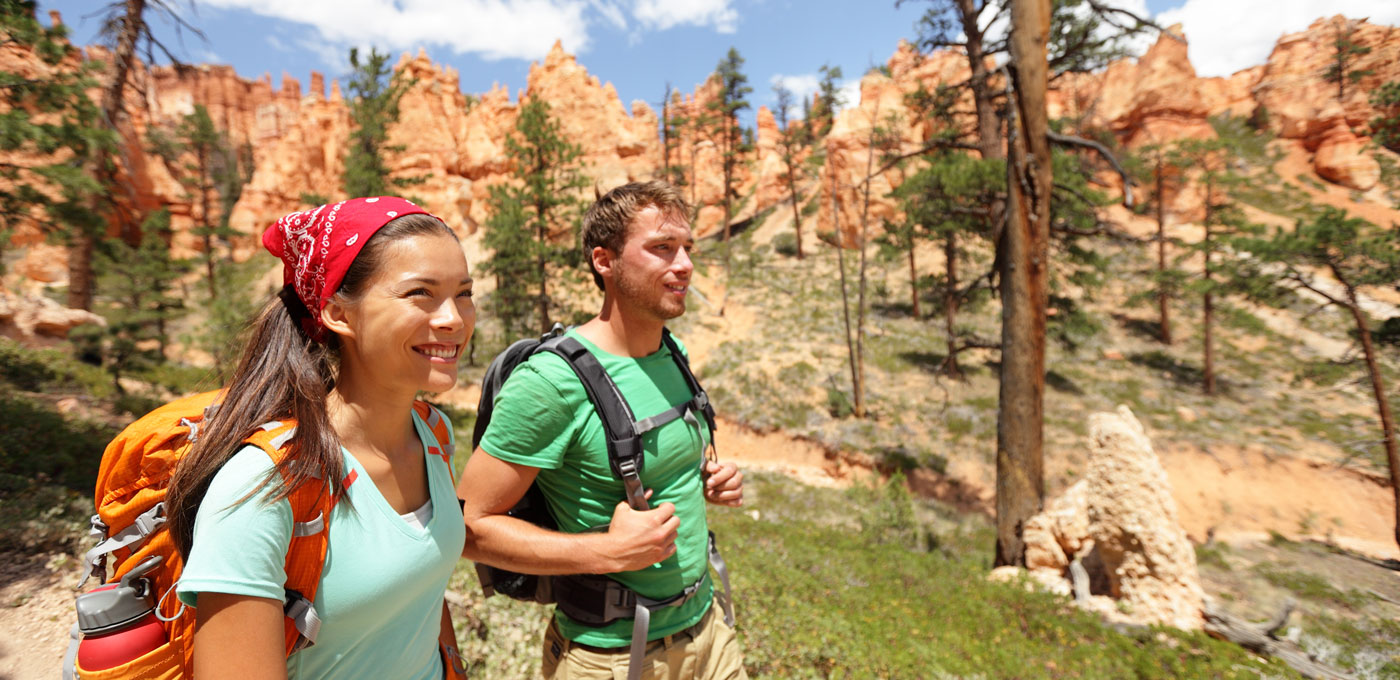
What are the benefits of protecting 30% of land?
Working to protect and connect natural landscapes and watersheds across our region as a part of the larger international efforts can help counter these threats and even increase our ability to fight climate change.
Protecting intact landscapes is necessary for the health of our rivers, lakes, and water supplies across the West. Forest and ecosystem health is critical in regulating streamflow, and provides the filtration process that our river systems and downstream communities depend on.
Our Western landscapes and native vegetation also play a vital role in combating the global climate crisis, helping sequester and deposit major amounts of carbon every year, and providing an important offset for human climate pollution.
Identifying and protecting crucial habitats for wildlife helps ensure species survive, maintaining our Western traditions like hunting, fishing, and wildlife viewing. In turn, this bolsters local economies. Protecting key wildlife migration areas not only helps migratory species thrive, but can help lessen human-wildlife conflicts, saving communities millions of dollars in vehicle crashes alone.
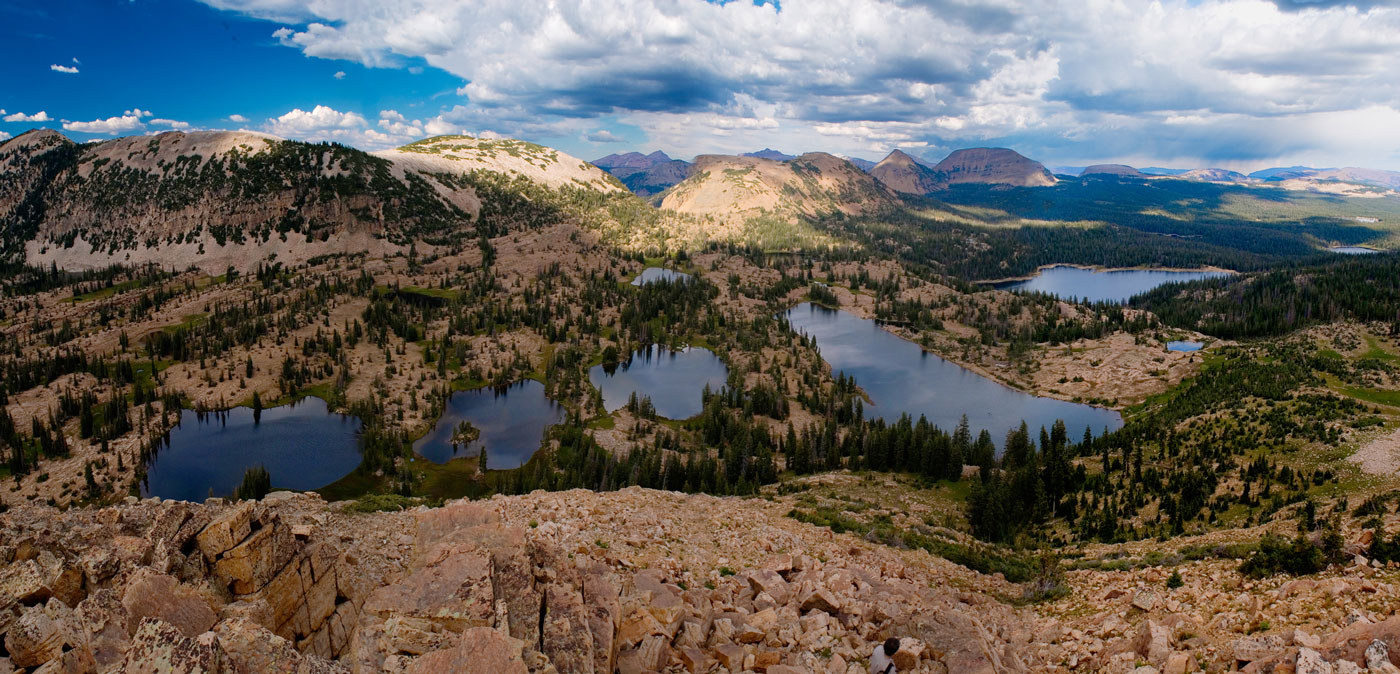
What are we doing?
WRA’s Western Lands team is working with state and local governments to help them set and achieve goals that will do our part to protect and connect 30% of lands and waters across the West. Currently, just 10% of lands in the region are protected.
We’re helping states identify policies to protect crucial landscapes, habitats, and migration corridors.
We’re working with state agencies and partners to find opportunities to set aside unique landscapes like the newly created Fishers Peak State Park in Colorado that ensure protection for irreplaceable wildlife habitat while also providing more ways for people to get outside.
Our work to protect 30% of land by 2030 applies to our rivers, lakes, and watersheds as well.
In Nevada, we are working with a broad coalition to help identify rivers and lakes with high ecological and aesthetic value. Sensitive wetlands like Ruby Lake National Wildlife Refuge which play an essential role in supporting wildlife, regulating streamflow, and filtering fresh water for our communities.
These efforts are taking place in urban areas also. It’s important that all communities can share in the benefits of protected land and waters.
We want to ensure there are more places like Albuquerque’s Valle de Oro, the first urban national wildlife refuge in the Southwest, which is an oasis for waterfowl and a living lab for area school kids.
Working together with our communities and stakeholders across the region, we are doing our part to protect the places we love. We will ensure the unique ecosystems that make the West what it is not only survive, but thrive, and help the worldwide effort to sustain global biodiversity for generations to come.
